Simple Steps to Demonstrating Enablement Value
Sales enablement professionals often struggle to demonstrate the value of their work to business executives. However, it doesn't have to be difficult! A recent Sales Enablement Squad webinar outlined a simple three-step framework for proving and sharing the impact of sales enablement on business performance.
Why the Value of Enablement Is Important
Many enablement professionals find themselves working long hours and supporting a variety of business needs. Even when they analyze metrics and present data, they often feel that their work is not valued by leadership.
“And even though you're supporting all of the things that you're being asked to support, you feel like no matter how much you execute, and no matter how many metrics you present, people just don't really care as much as they should. And they're not really giving you the credit that you deserve,” shares Christina Moustakis, the webinar’s presenter.
This can lead to poor boundaries, a lack of focus, and low-quality content. Moustakis suggests that part of the problem is a lack of understanding of how to demonstrate the value of enablement.
“As it turns out, what we're missing is some key things that are sort of nuanced in what that means for us and what we should be doing. So those nuanced insights are that executives don't really care about data, they care about results. Data is just one way that they figure out if the results are happening,” Moustakis explains.
She suggests a three-step process for overcoming this challenge.
Step 1: Link Your Work to Business Outcomes
The first step is to link your work to business outcomes. This means understanding what the business is trying to achieve and how your work contributes to those goals. Once you know this, you can begin to track the impact of your work on those outcomes. This could involve measuring things like increased sales, improved customer satisfaction, or reduced costs.
Moustakis offers an analogy for the audience to help them understand this concept. She explains that if an executive says they are going to bring a dog to work, that could mean many different types of dogs. It is the responsibility of the enablement professional to get specific about what success looks like. This will likely involve settling on one key metric.
Step 2: Scope the Impact
The second step is to scope the impact of your work. This means setting realistic expectations for what you can achieve. It's important to be clear about what is and isn't possible. This will help you to avoid over-promising and under-delivering. Moustakis also believes that this helps with prioritization.
“Something that gets echoed a lot with enablement people, whether I'm at a conference or in, you know, the enablement squad chat or just one on one with clients, is they'll say that I try to ask them what important initiatives they have, and they say that every single one of them is important. I can't just do 10, I have to. I can't just do one or two of them. We have to get all 10 of them done,” she explains.
When you push back, you help the executives you are working with to be reasonable about timelines, resources, and the scope of the project.
Step 3: Showcase Your Impact
The third step is to showcase your impact. This means communicating your successes to others in a clear and concise way. This could involve creating reports, giving presentations, or simply sharing your results with others. By showcasing your impact, you can help to build support for your work and ensure that it is seen as valuable.
When communicating with executives, frame everything in terms of the agreed-upon metric. Moustakis also suggests sharing, even when things are not going well. This opens the door to a dialogue about how to get back on track.
“Continuing with that showcasing of the impact, that little snippet of, hey, remember that metric you care about? Here's what's happening with it. And then, as I mentioned before, if the metric is getting hurt in some kind of way, you can also use this step to kind of say, hey, guys, we're not seeing the impact that we wanted. Our metric is going down. Here's what. Let's get into a dialog about how we can fix that,” she explains.
By following these three steps, you can demonstrate the value of your work and ensure that it is seen as an essential part of the business.
Other Considerations
The webinar also discussed the importance of remembering to focus on the behaviors that impact the business metric you select. For example, if you want to increase the number of leads generated, you might focus on training sales reps on how to use social media to generate leads.
It is also important to develop a thick skin and not be afraid to push back on executives when appropriate. This will help you to build trust and credibility.
Finally, don't be afraid to experiment and try new things. The world of sales enablement is constantly evolving, so it's important to be willing to adapt and change your approach.
By following these tips, you can demonstrate the value of your work and ensure that it is seen as an essential part of the business.
